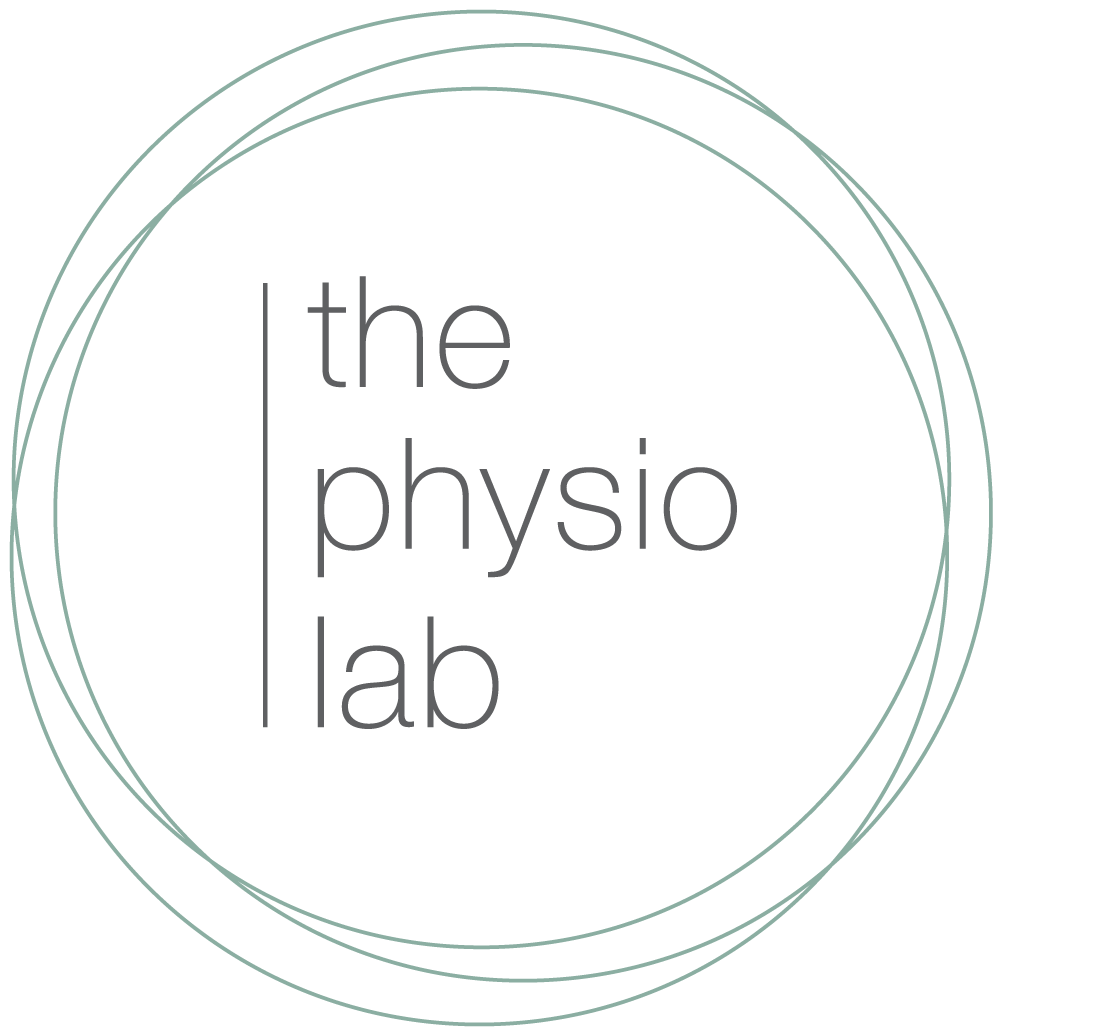If you are happy to take 2-4 weeks off the field when you sprain your ankle, why then would you not do the same if you sprain your brain?
There has been increased awareness regarding concussion injuries in contact sports over the past few months with the start of the upcoming football season. Indeed head injuries are a weekly sight when watching professional NRL, AFL and Super Rugby matches. Management of these injuries are well scrutinised and we look to these professional codes to set a safe example for local sporting clubs to emulate on weekends. The advent of recent litigation cases resulting as a consequence of players prematurely retiring from professional football due to recurring head injuries and subsequent side effects has created much needed discussion about what is best practice when it comes to the management (short and long term) of such injuries.
The main issue causing concern is how to manage a concussion, or head injury, if and when they occur. It can happen at elite level as seen with the on-field assessment and management of the professional players that get 'knocked out' during a game. Rules and regulations have tightened over recent years with medical and coaching staff coming under close scrutiny for how and when they can let a player return to the field of play. But it can also happen at the weekend local under 8's game of rugby league where there is often no medically trained people available.
What is a concussion
The meaning of the word concussion comes from the Latin word 'concutere' ('to shake violently') which fittingly describes how this most common form of traumatic brain injury occurs. The brain literally shakes inside the skull that can create a coup and contracoup style of injury. This can cause trauma to the cerebral brain tissue, the suspensory ligaments and the fibres that hold it in place resulting in an alteration in metabolic state that can last for up to 4 weeks. It can be associated with a variety if physical, cognitive and emotional symptoms that may or may not always be recognised, especially if they are subtle.
Signs and symptoms to look out for
- Headache
- Disorientation
- Dizziness
- Vomiting, and/or nausea
- Poor balance
- Possible loss of consciousness
- Post traumatic amnesia
- Confusion or irritation
- Altered or blurred vision
- Tinnitus or ringing in the ears
How to manage a concussion
As a general rule always following the first responder procedure learnt in basic first aid is the first priority. This being the DRSABC (Danger, Response, Send for help, Airway, Breathing, Circulation). Once this has been cleared then a safe assessment and management of the concussion can follow:
- Make sure there is no associated neck injury, if suspected call an ambulance and do not move the injured player
- Monitor signs and symptoms for at least 6 hours as these can be latent
- If symptoms begin to worsen seek medical attention at hospital immediately
- Physical AND cognitive rest for 7-10 days (longer in children and adolescents) - such as time out from phone/TV/computer screens
- Medical assessment and be symptom free prior to returning to physical training with a graduated return to activity
As with as a sprained ankle, you are more susceptible to another concussion following initial injury, especially if you have returned to sport before the symptoms have fully settled. Repeated concussions can have long term detrimental effects and have been shown to increase the risk of dementia, Parkinson's disease and depression later in life.
If in doubt, and you suspect a concussion injury, consult your doctor or sports physiotherapist for a thorough assessment and advice with management. The athlete should be totally symptom free before returning to play and a rough guideline for a safe return to sport should follow:
- First Concussion - Review with doctor and minimum 2 weeks rest from contact sport
- Second Concussion - Mandatory review with Sports Medicine Specialist for a thorough neuropsychological assessment followed by 4-6 weeks rest from contact sport
- Third Concussion - Repeat neuropsychological assessment, appropriate medical imaging of the head. Extended rest and/or no sport for the remainder of the season (3-6 months)
Post-Concussion Syndrome
In recent years only has it become apparent in professional sport that a history of repeated and recurring concussive events can have a lasting and detrimental effect on the brain and its function. Post-concussion syndrome (PCS) has been described in the literature where features relating to concussion last for weeks, months or even years following the traumatic event. It is generally accepted that PCS can occur in up to 15% of those suffering from one concussion.
Symptoms of PCS can be similar to those experienced with an acute concussion but may also be less obvious such as behavioral, cognitive (such as memory loss and poor attention) and increased irritability and as such can often be misdiagnosed or overlooked. There is no treatment of PCS as such but instead treatment is symptom based and may require physiotherapy, behavioral therapy or medication.
For further information see http://sportconcussion.com.au/ or download the "First Responder" App to your phone for use on game days.

